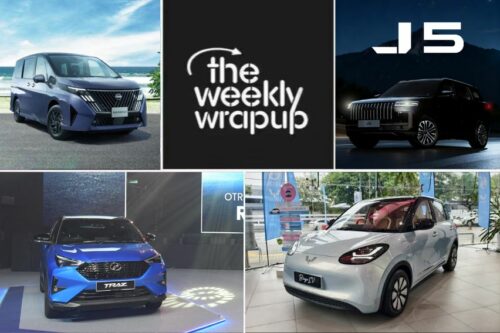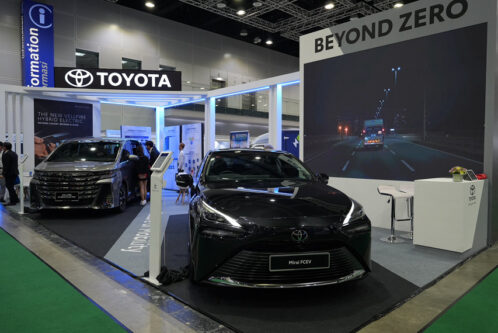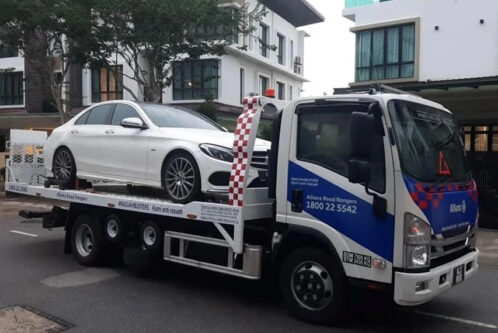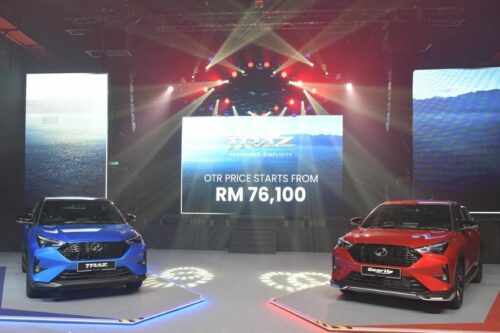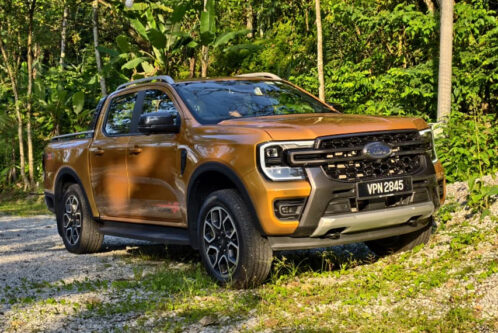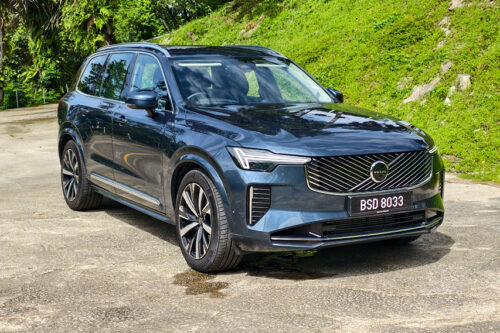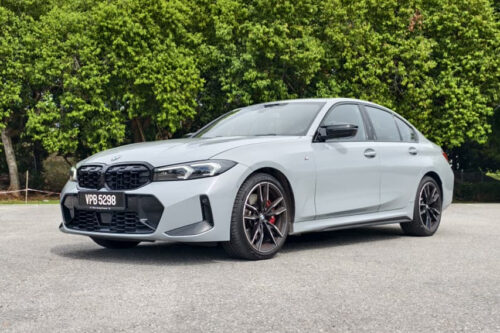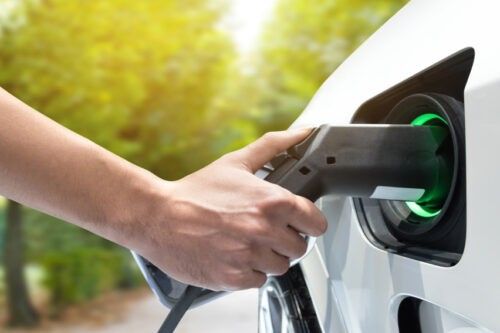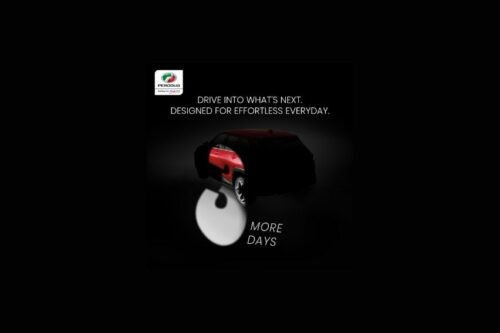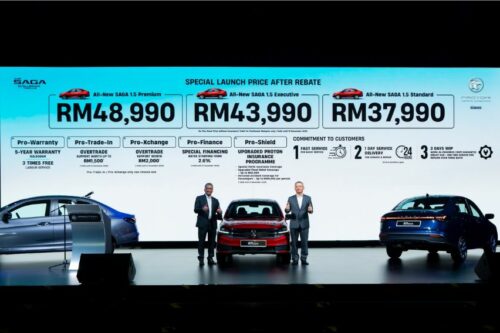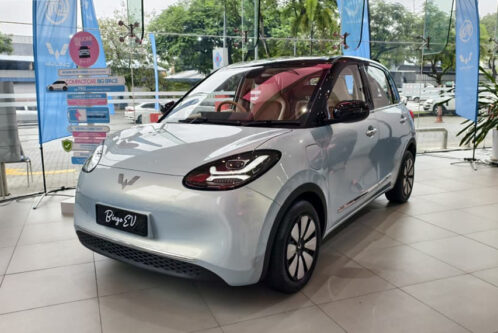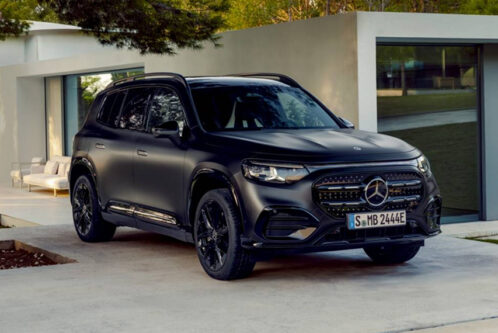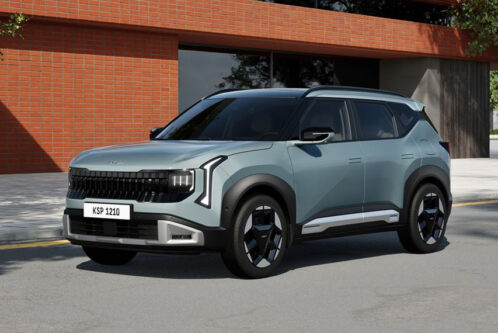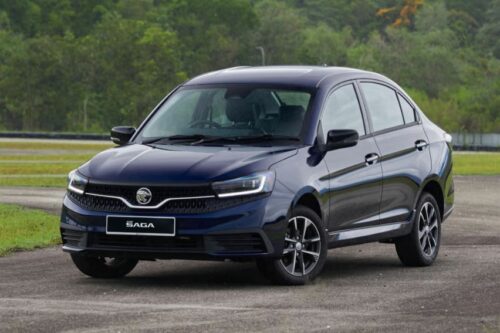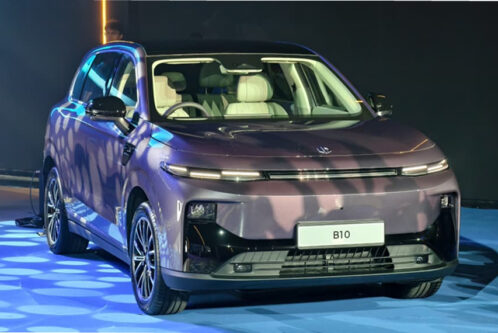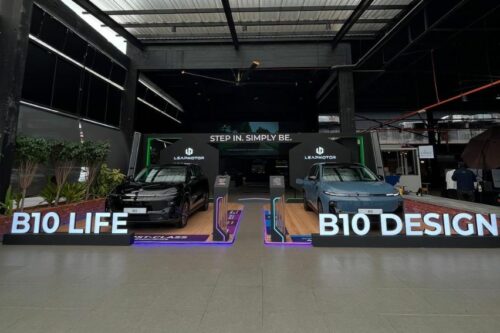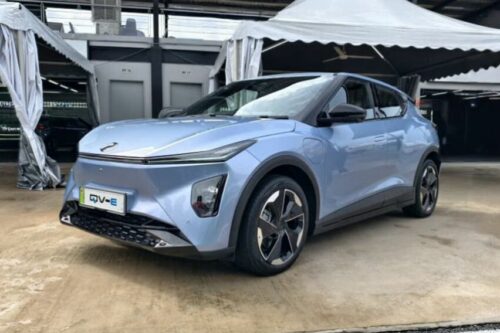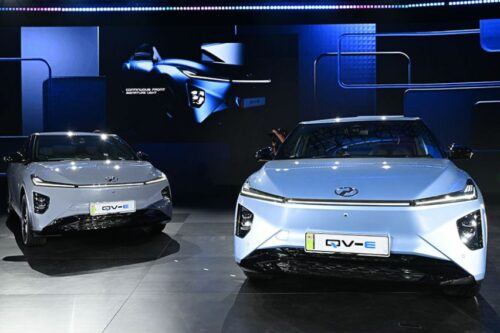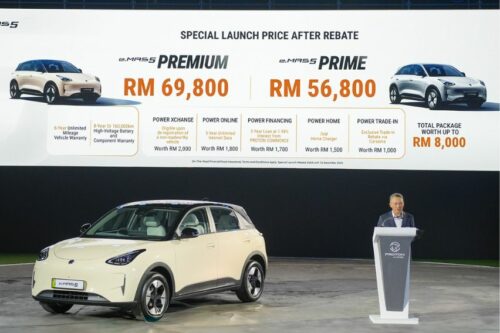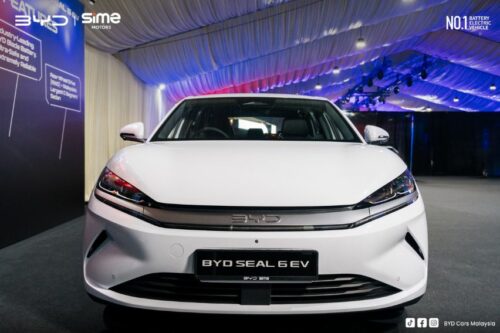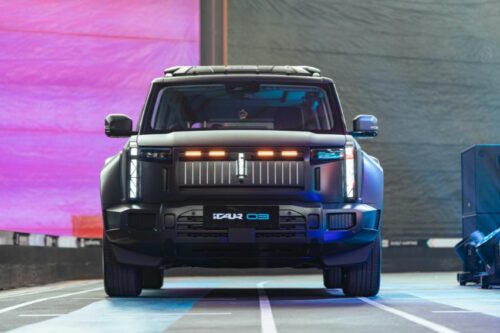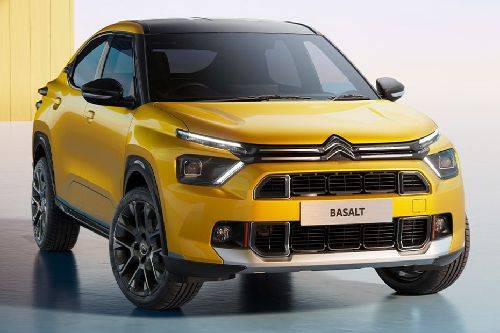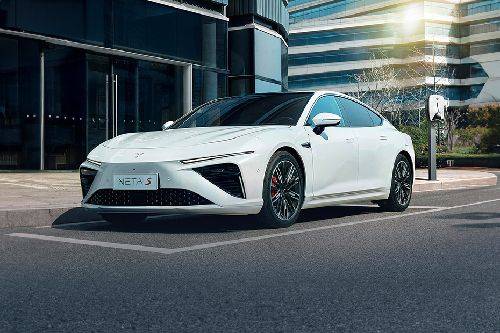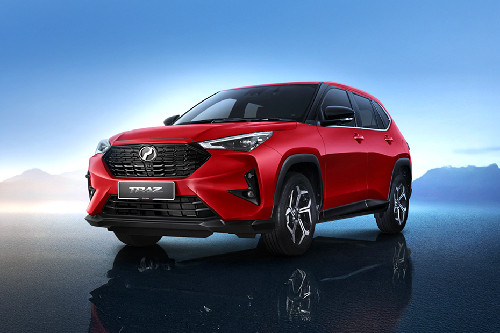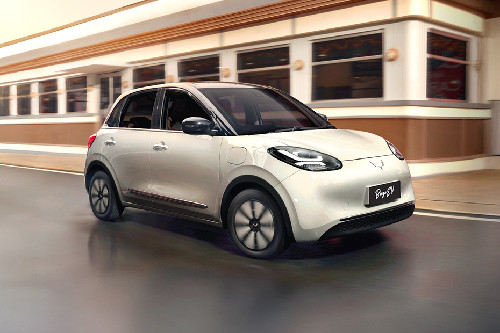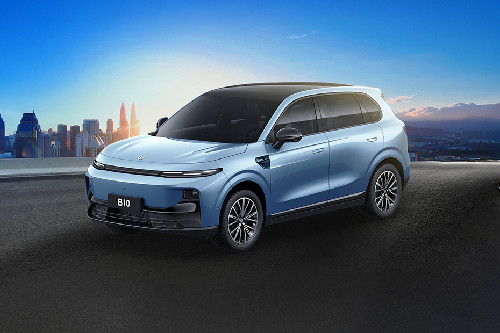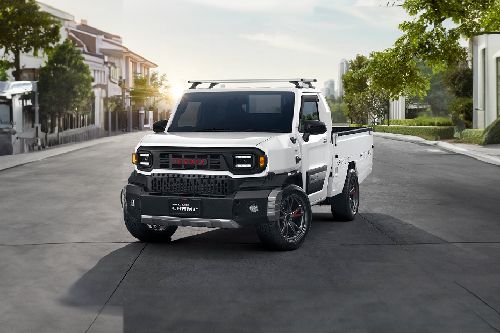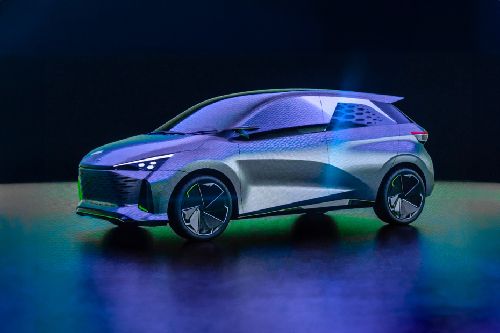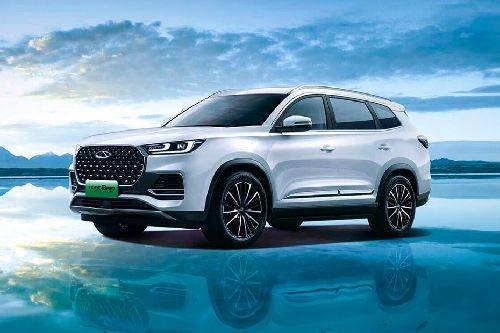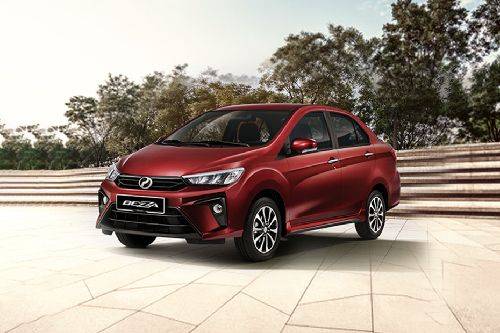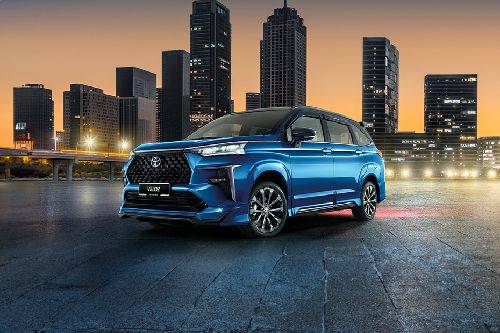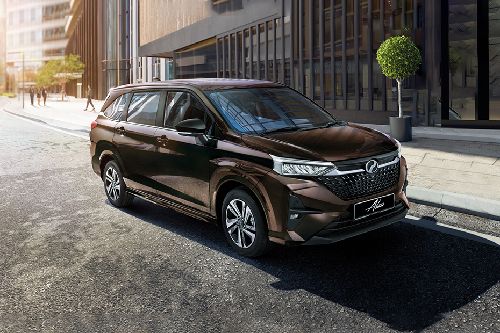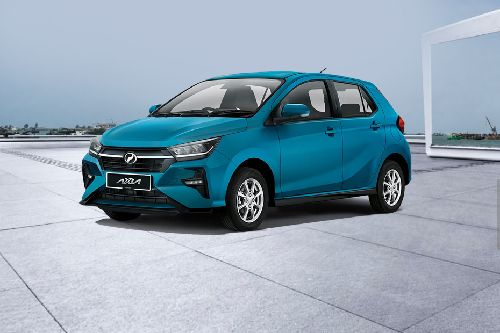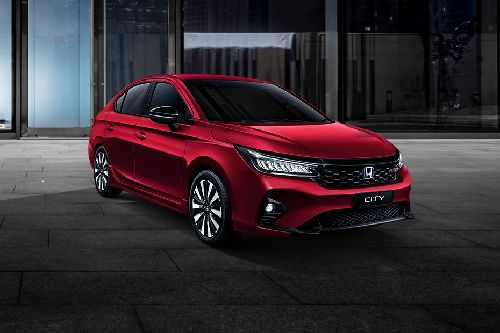5 Reasons why EV batteries are expensive

The auto industry has started a new era of electric vehicles but their acceptance has been quite lukewarm, among the customers. The primary reason for the reluctance among the customers being the prices of EV powered vehicles. Though the fossil-fuel-powered vehicles are no less expensive, the EV vehicles have a huge maintenance cost. Electric batteries, though offer high performance and durability, the cost of replacing them is huge. It is expected that battery prices might come down by 2030, thanks to sustainable materials and better production processes.
The fact of the matter is, electric batteries are expensive and here we find out various reasons associated with it.
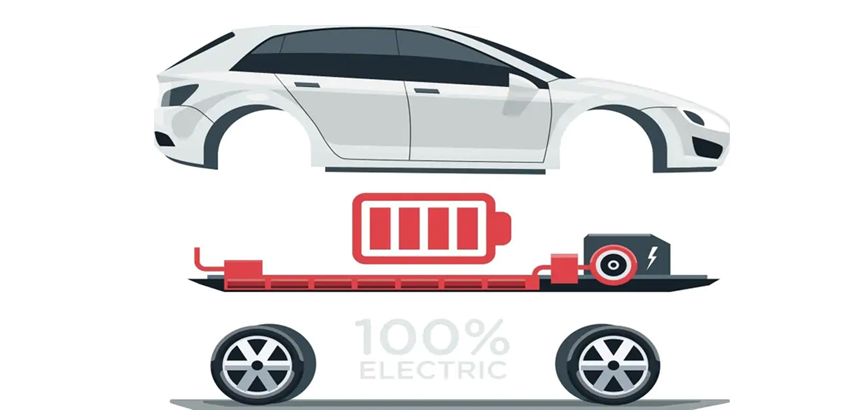
1. EV batteries are a combination of several parts
The battery pack of an EV comprises of several parts. Lithium-ion being the main component of EV, the other anciliary parts include metals like cobalt, nickel, and manganese. At present, the technology is not much supportive to contribute to mass production of lithium-ion batteries, which is the main reason for their higher prices. The main driving force of EV batteries is lithium-ion and we expect its price to come down in the near future. On the positive side, a battery can serve up to 200,000 miles in its entire life, which is way higher than average miles served by fossil-fuel-powered vehicles. This implies, lower running costs for EV batteries, however, the periodic replacement of batteries is expensive.
2. They are bulky
Lithium-ion batteries are heavy and thus are highly-priced. The battery pack of Tesla Model S weighs nearly 1200 pounds. It is believed that Tesla Model’s battery takes around PHP 5050 for every kwh or approximately 50500 for 100 kwh. It approximately translates to PHP 400 for each pound EV batteries are pricy due to their heavy weight and size.

3. Limited supply chain
One of the biggest reasons behind EV batteries being expensive is the lack of a proper supply chain. In countries like Malaysia, where the proliferation of EVs is largely limited to public transport and e-tricycles, the supply of batteries is even more limited. Over the last decade, the average global cost of an EV battery has come down by almost 85 percent from $1,160 (PHP 58,500) per kwh in 2010, to $176 (PHP 8,900) in 2018. Automobile manufacturers are embracing newer technologies and expanding their supply chains internationally. The price of EV batteries is expected to go down by 2030 when technology becomes more adaptable.
4. Lack of competition
While it is undeniable that EVs are the future, most countries, including Malaysia don’t have enough manufacturers of all-electric cars. Most manufacturers are still talking about introducing EVs without actually entering the manufacturing process. Manufacturers are still planning to go all-electric by the end of this decade and that would further lend economies of scale. Mass production warrants affordable and competitive pricing that is still a few years away.

5. Dependency on imports
Malaysia currently has 28 companies manufacturing various types of EVs. The battery units are mostly imported from China since Malaysia still doesn’t have local manufacturers. To bring down the prices of lithium-ion batteries, it is important to have mass scale localized production.
Carmakers and battery manufacturers have researched that solid-state batteries could pretty much solve all the problems and make EVs far more affordable. A solid-state battery has enormous capacity and allows an EV to return a mileage of over 1,000 miles. The charging time of such a battery is at par with the refueling time of a fuel-powered car. Solid-state batteries, with economies of scale, are expected to be inexpensive. More production would lead to a further reduction in costs. Technically, a solid-state battery is lighter in weight and hence less costly.
Malaysia Autoshow
Trending & Fresh Updates
- Latest
- Popular
You might also be interested in
- News
- Featured Stories
Featured Cars
- Latest
- Upcoming
- Popular
Latest Car Videos on Zigwheels







